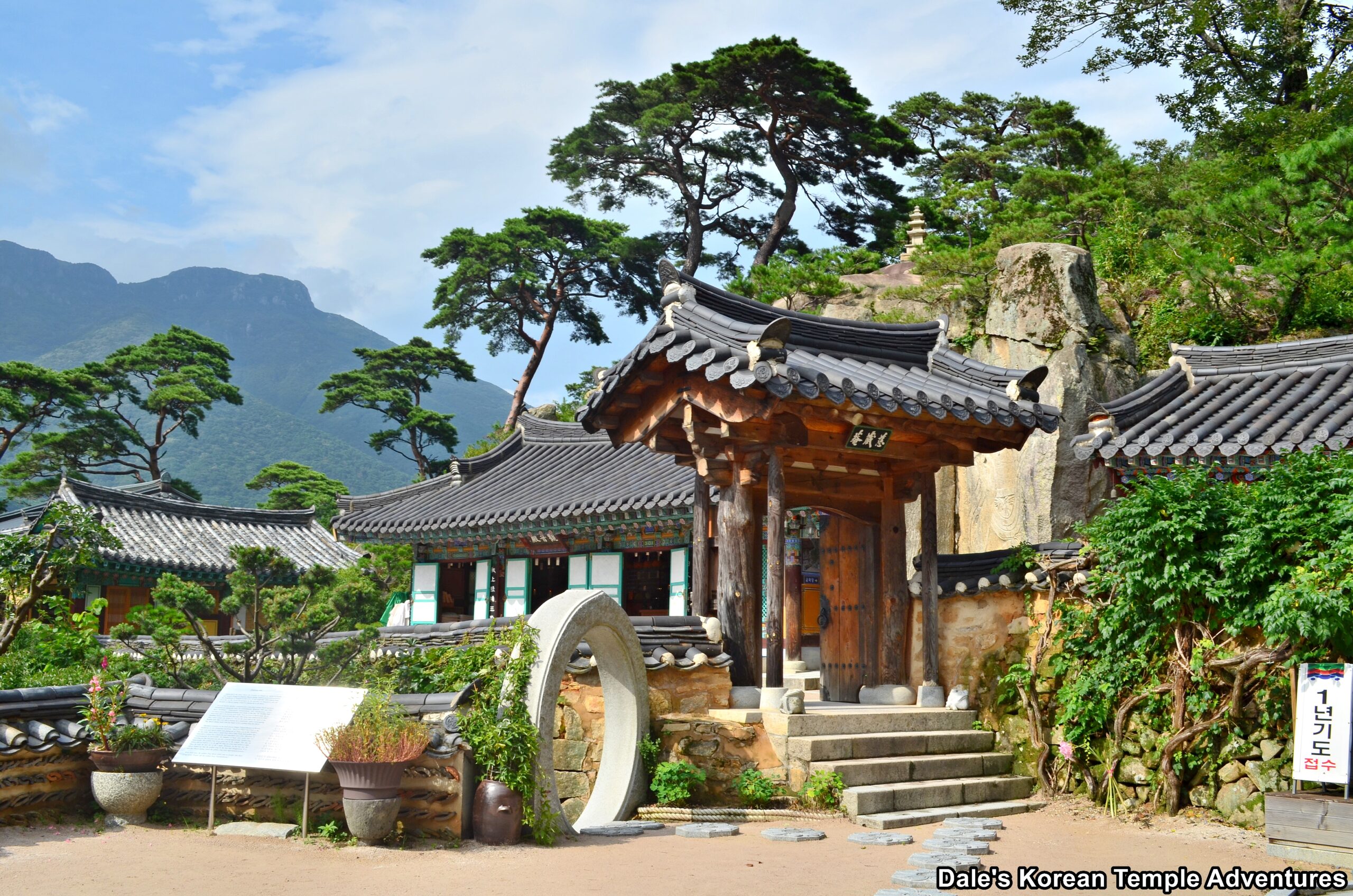
Hermitage History
Jajangam Hermitage is located on the Tongdosa Temple grounds in Yangsan, Gyeongsangnam-do in the foothills of Mt. Yeongchuksan (1,082.2 m). Jajangam Hermitage, which is named after the founder of Tongdosa Temple, Jajang-yulsa (590-658 A.D.), predates the construction of Tongdosa Temple, which was built in 646 C.E. It’s believed that Jajangam Hermitage was the staging ground for Tongdosa Temple, and it was originally called Jajang-bang. The hermitage was originally nothing more than a hut that was built beneath a stone rock for the founder of Tongdosa Temple, monk Jajang-yulsa, to worship. Subsequently, Jajang-yulsa’s disciples also worshipped at Jajangam Hermitage, as well. Jajangam Hermitage was one of seven hermitages that were first built on the Tongdosa Temple grounds.
More recently, it was rebuilt by the monk Hoebong in 1870. Then the hermitage was rebuilt and expanded in 1963, and it continues to be renovated and repaired, especially the landscaping at the hermitage, ever since. Jajangam Hermitage is home to just one protected property. It’s the Rock-Carved Amitabha Buddha Triad at Jajangam Hermitage of Tongdosa Temple, which is a National Registered Cultural Heritage as of 2014.
Hermitage Legend
Jajangam Hermitage has one of the more interesting legends associated with it. Rather interestingly, this legend relates to golden frogs. There are two historical texts about this golden frog legend.
According to the “Joseon Bulgyo Tongsa – History of Buddhism in the Joseon Dynasty” by Lee Neung-hwa, it mentions that “There is a finger-sized hole in the large rock wall which stands near Jajangam Hermitage of Tongdosa Temple near Mt. Chukseosan. In that hole, there lives a small frog with a blue body and golden lips. Sometimes it turns into a butterfly and sometimes into a bee, therefore its transformation is inscrutable. In summer, it hops over rocks that are scorching hot like iron pots over the fire. A monk named it the ‘golden frog.’ Surprisingly, this golden frog never goes out of the temple. One day, an officer did not believe it, so he put the frog in a box and locked it tight. Then, he took the box out of the temple. However, on his way out, the officer found out that the golden frog in the box had disappeared. It’s said that Master Jajang raised the golden frog with supernatural powers.”
Another interpretation of this legend comes to us from the “Historical Account of Tongdosa Temple – The Story of the Golden Frog.” It has Jajang-yulsa one day cleaning rice in a small spring, when he saw frogs muddying the water. He believed they were tainting a place for the Buddha to reside. So twice he brought them away from the hermitage; and twice, they returned to the hermitage. Upon closer inspection, he realized that the frogs’ mouths and eyes were golden and their backs had a tortoise shell design on them. With this realization, he believed that the frogs must have had some relation to Buddhism. So when winter came around, and the frogs were still playing in the spring, he decided to prepare a home for them. So he dug a finger-sized hole in the neighbouring rock face for the frogs to live in during winter. In fact, Jajang-yulsa said, “May you protect Jajangam Hermitage and live here eternally.” Presently, this finger-sized hole, called the Geumwangong, which literally means “golden frog hole” in English, is situated behind the main hall. This is where the golden frog, Geumwa-bosal (The Golden Frog Bodhisattva), now lives.
To this day, you can still occasionally find the descendants of the original golden frog in its rock hole at Jajangam Hermitage. It’s believed that the frog only shows itself to people who have strong belief. This golden frog is known as “Geumwa-bosal” in Korean. Personally, I’ve seen it once.
Hermitage Layout
As you first approach the hermitage, and after you’ve passed by a couple of open fields and the towering Mt. Yeongchuksan off in the distance, you’ll notice a stream to the right of the main road. This stream is called Jajangdong-cheon Stream, and it’s considered one of the eight most beautiful places to see on the Tongdosa Temple grounds. Unfortunately, this stream is now protected and off-limits to the general public.
You continue up the road to get to the hermitage courtyard. But first, you’ll need to climb a side-winding set of stairs. Interestingly, as you approach the hermitage courtyard, you’ll notice a unique granite gate that allows you entry into Jajangam Hermitage. As you pass through this granite entrance gate, you’ll see three buildings to your right. These three buildings are new, and they were built between 1987 and 1993.
The more important buildings, at least for temple travelers, are to the left. Through a newly painted entry gate with two fierce warriors painted on its doors, you’ll enter the compact hermitage courtyard. The temple courtyard is tiny, but it packs a whole lot of beauty into such a small space. Straight ahead is the monks’ dorm at the hermitage. Next to the dorm, and to the right, is the main hall that is adorned with some rather unique murals around its exterior walls. Unlike other main halls, there are no Palsang-do (The Eight Scenes from the Buddha’s Life Murals) or Shimu-do (The Ox-Herding Murals); instead, there is an extremely unique painting on the far right wall as you head towards the “Geumwa-dang – Golden Frog Room”. The painting is of the monk Jajang-yulsa creating a hole with his finger for the golden frog from the founding legend. Behind the main hall is in fact the hole where a golden frog resides. And it’s really just a finger-sized hole, which is just the right size for a golden frog. As for the interior of the Wontong-jeon Hall, there’s a large rock that protrudes out from the main hall’s floor. I guess it was just too big to move. And sitting on the main altar rests a triad of statues centred by Gwanseeum-bosal (The Bodhisattva of Compassion).
To the right of the Wontong-jeon Hall is the four-metre-tall stone engraving of Ma-ae Buddha. This historic rock relief is the only one of its kind on the Tongdosa Temple grounds, and it’s officially known as the Rock-Carved Amitabha Buddha Triad at Jajangam Hermitage of Tongdosa Temple. The central image depicts Amita-bul (The Buddha of the Western Paradise), who is joined on either side by Gwanseeum-bosal and Daesaeji-bosal (The Bodhisattva of Wisdom and Power for Amita-bul). The rock-carving dates back to 1896 during the late Joseon Dynasty (1392-1910).
There are two additional shrine halls to the right of this rock-carving. The first is the Chilseong-gak Hall, which is dedicated to Chilseong (The Seven Stars). Inside this shrine hall, and resting on the main altar, sits a golden statue inside a glass case. The interior of this hall is richly painted in vibrant colours. And to the right of the Chilseong-gak Hall is the Jajang-jeon Hall. Housed inside this atypical shrine hall is a central painting dedicated to Sanshin (The Mountain Spirit). To the right is a statue and mural dedicated to Dokseong (The Lonely Saint), while to the left hangs a mural dedicated to the founder of Tongdosa Temple, Jajang-yulsa.
How To Get There
From Busan, you’ll first need to get to the Nopo subway stop, which is stop #134. From there, go to the intercity bus terminal. From the intercity bus terminal get a bus bound for Tongdosa Temple. The ride should last about 25 minutes. The buses leave every 20 minutes from 6:30 a.m. to 9:00 p.m. From where the bus drops you off at the Tongdosa Temple bus stop, you’ll need to walk an additional 10 minutes to the temple grounds west of the bus stop.
From Tongdosa Temple, you’ll need to continue up the main road for another 700 metres until you come to a fork in the road. Instead of heading straight, turn right and continue heading in that direction for a couple of kilometres. There is a cluster of hermitages in this area. Find the sign that reads Jajangam Hermitage – 자장암 and continue heading in that direction until you arrive at the hermitage.
Overall Rating: 6/10
What isn’t to like about this diminutive hermitage? First and foremost, this hermitage is extremely important to the history of Korean Buddhism, and Tongdosa Temple in particular. But by adding the unique story of a golden frog to the historic hermitage, as well as the scenic beauty, and you’ll understand why Jajangam Hermitage rates as highly as it does. In my opinion, Jajangam Hermitage ranks as one of the top three hermitages at Tongdosa Temple. So even though it’s a bit harder to get to, it’s well worth the time and effort to see it.
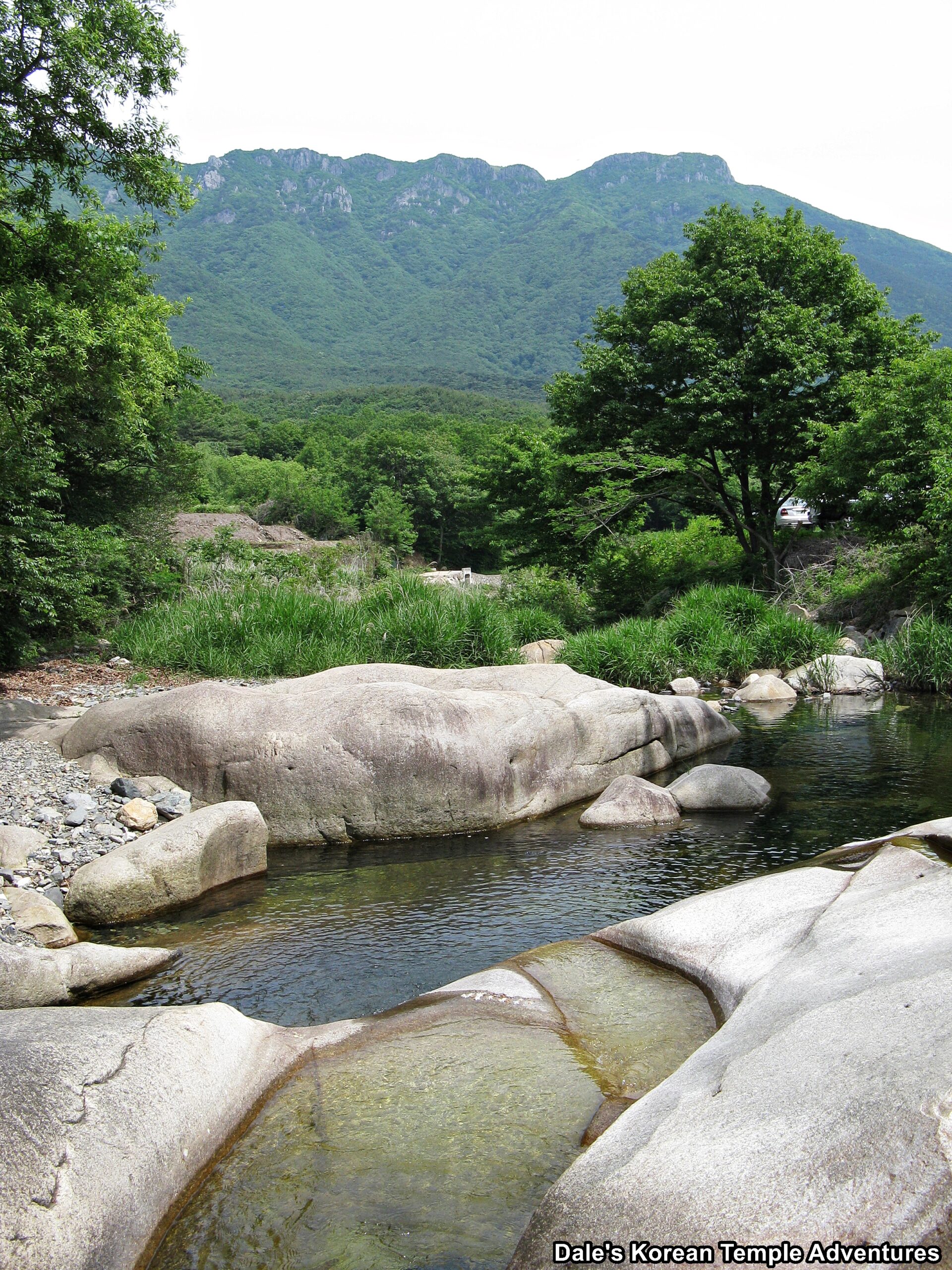
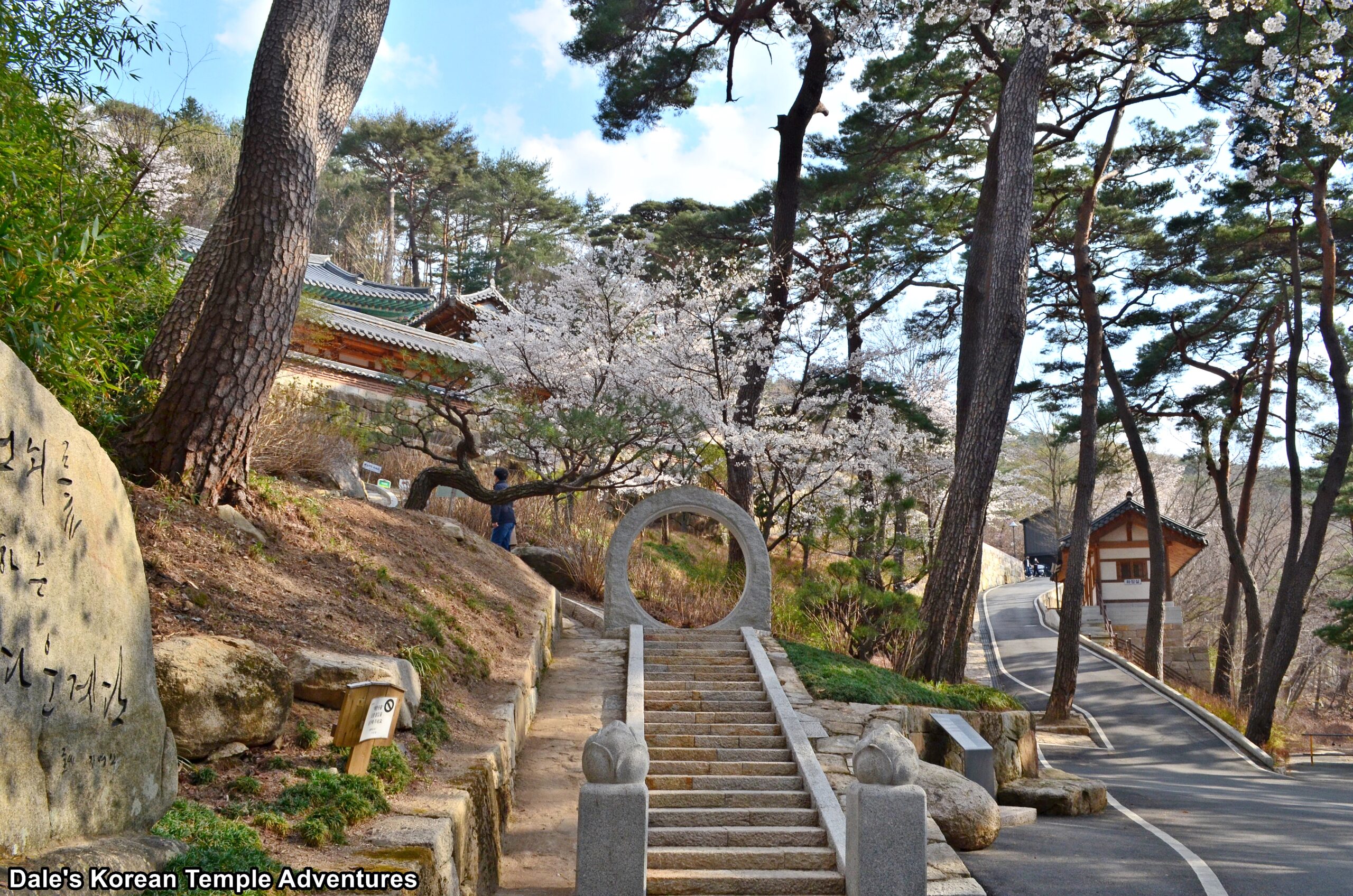
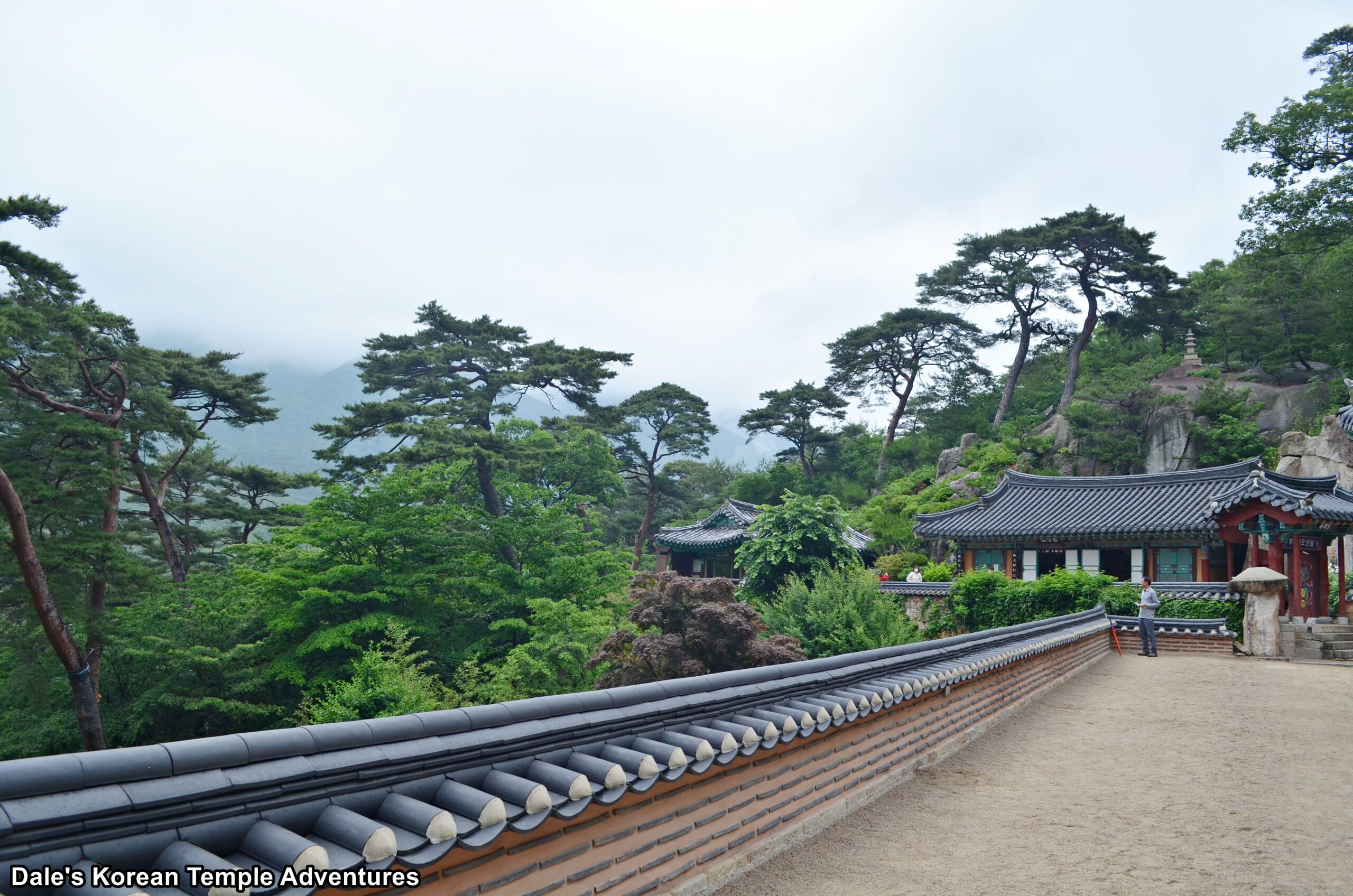
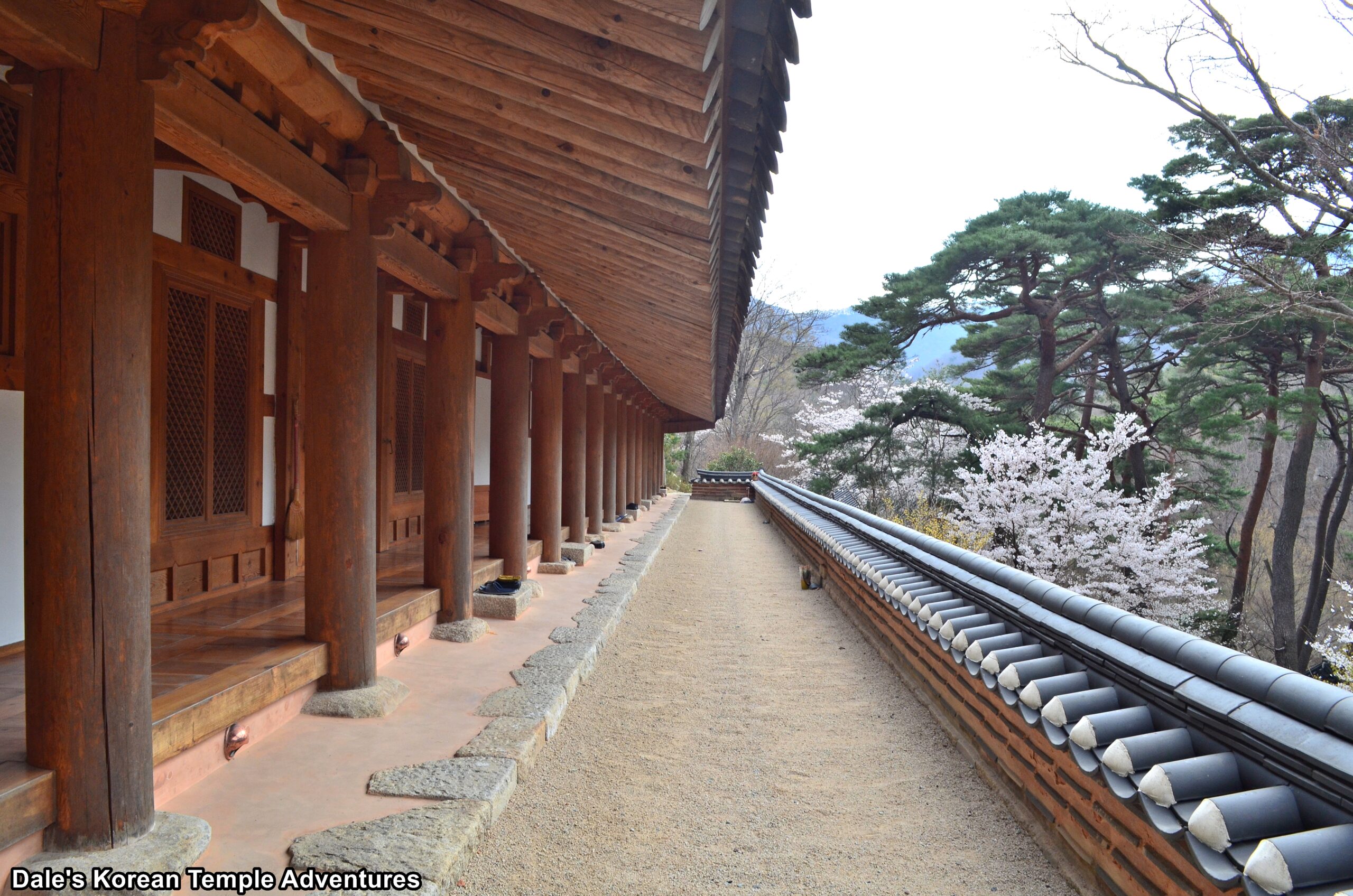
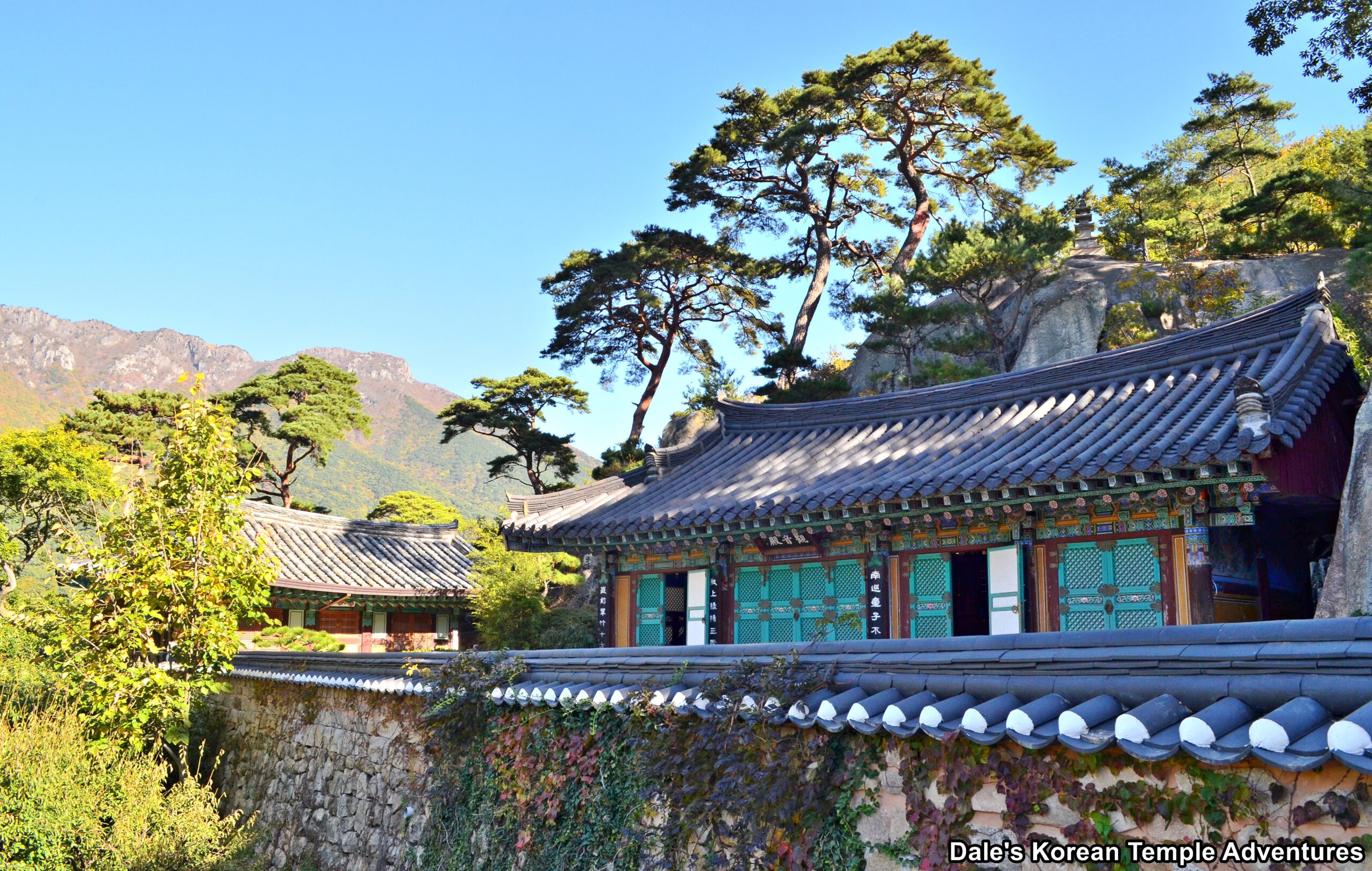
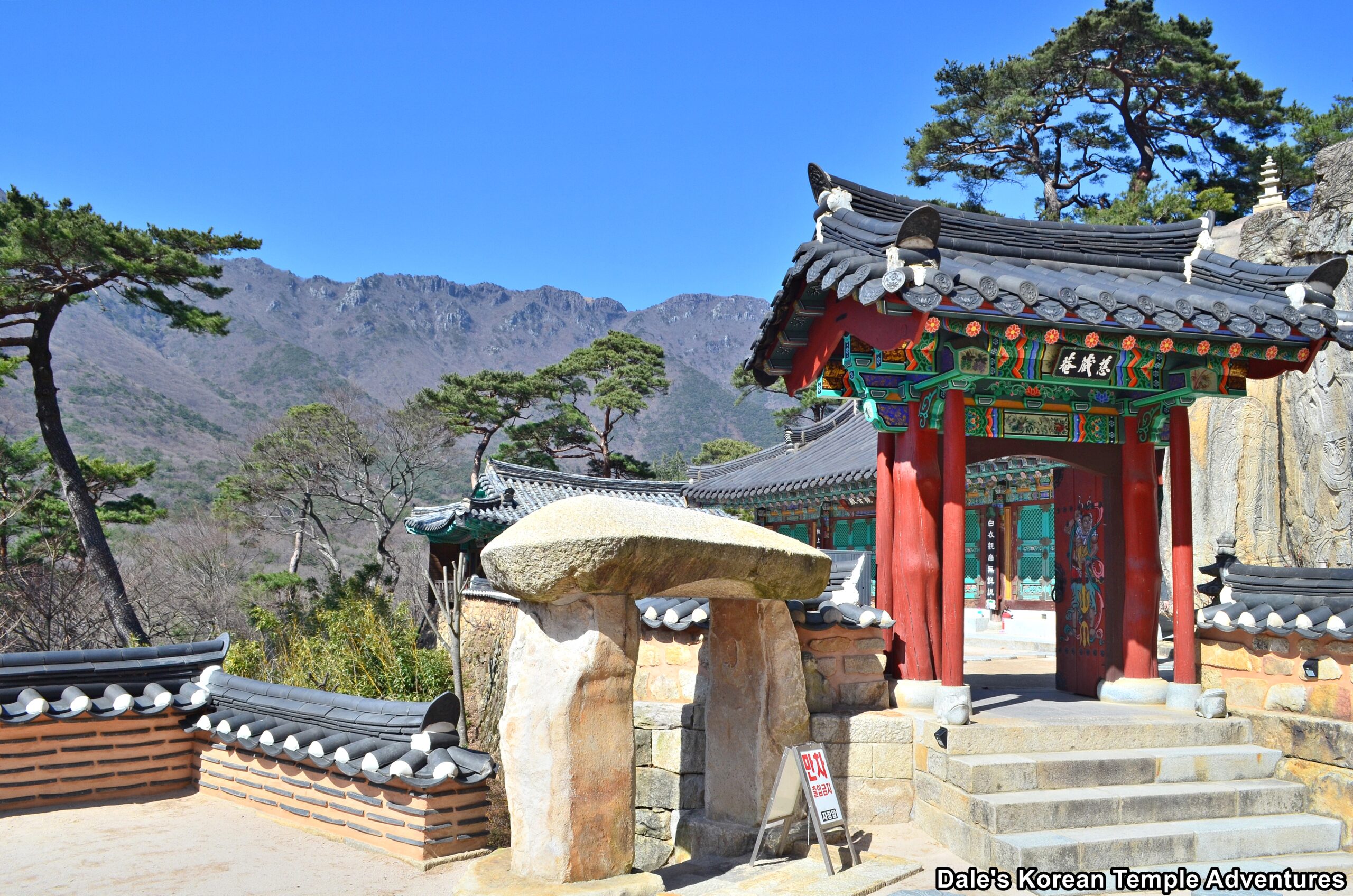
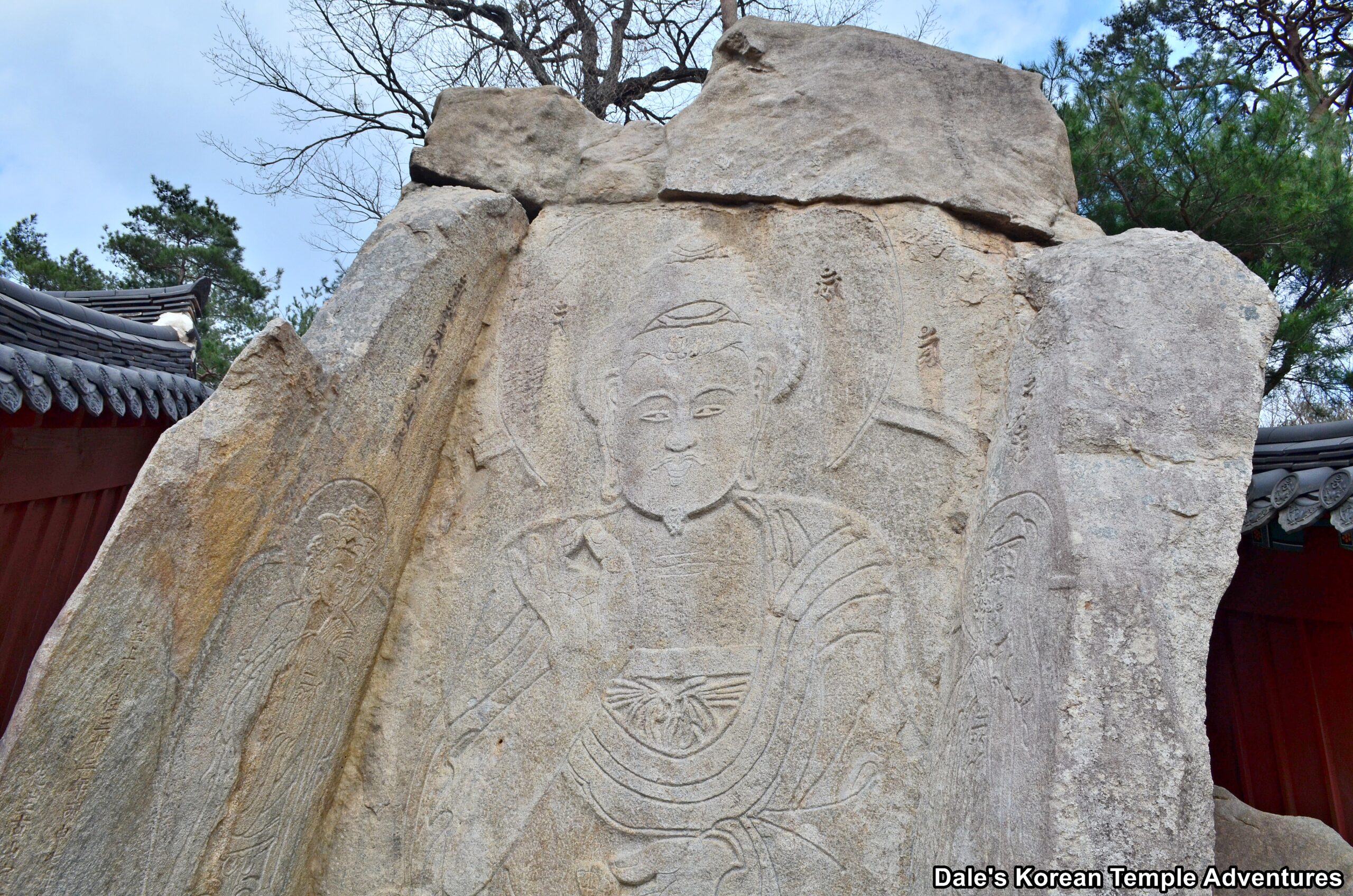
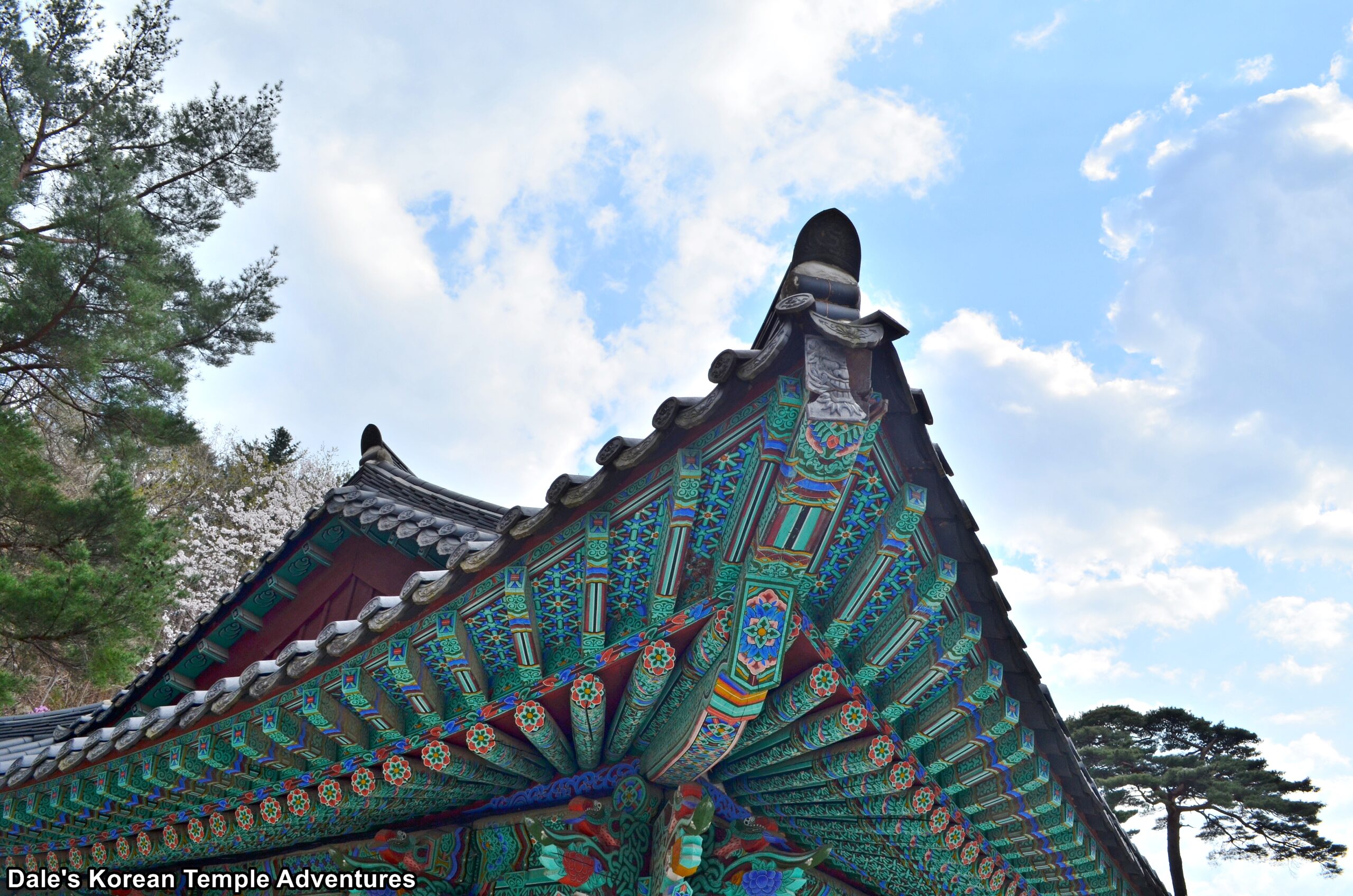


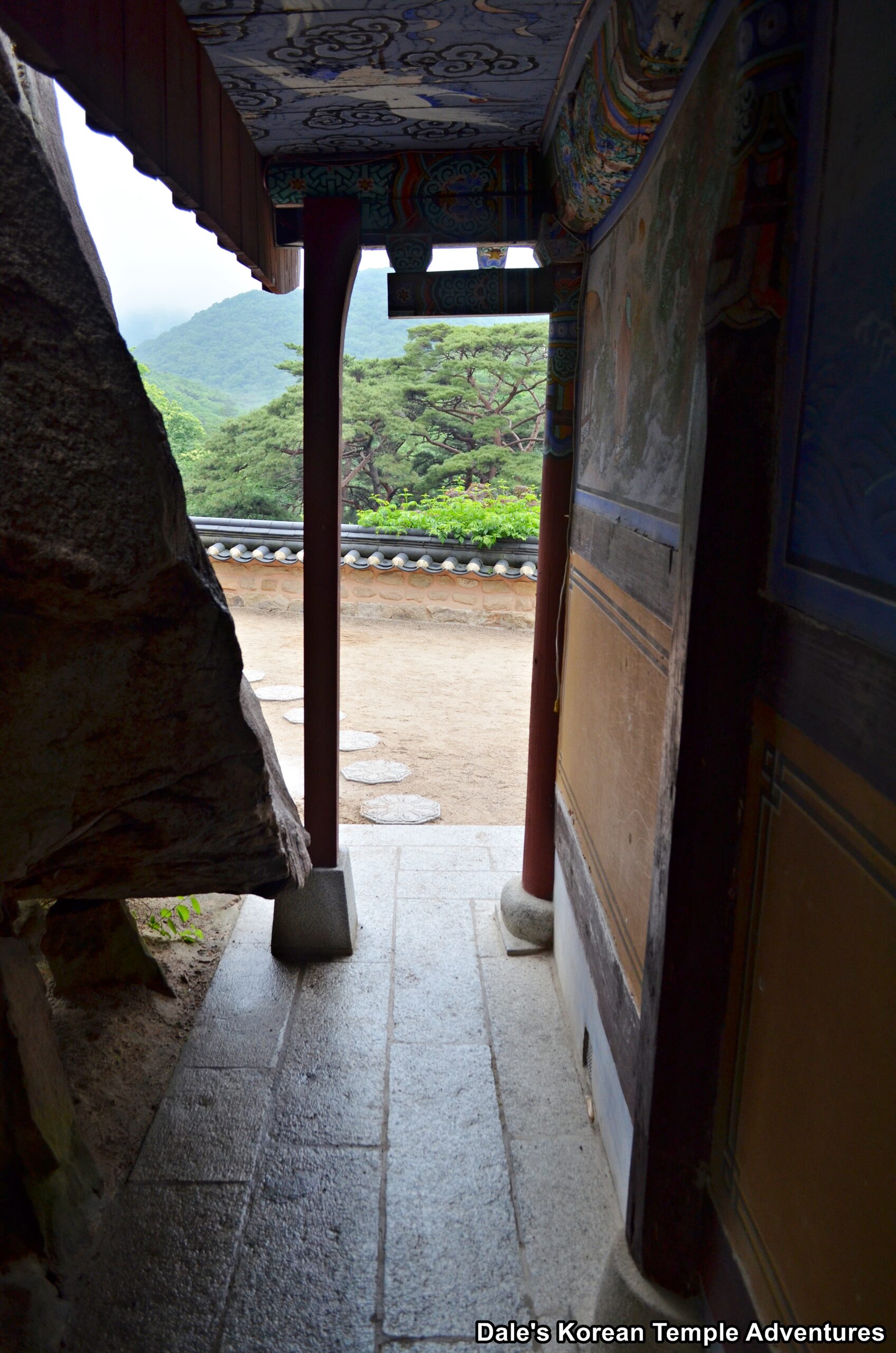
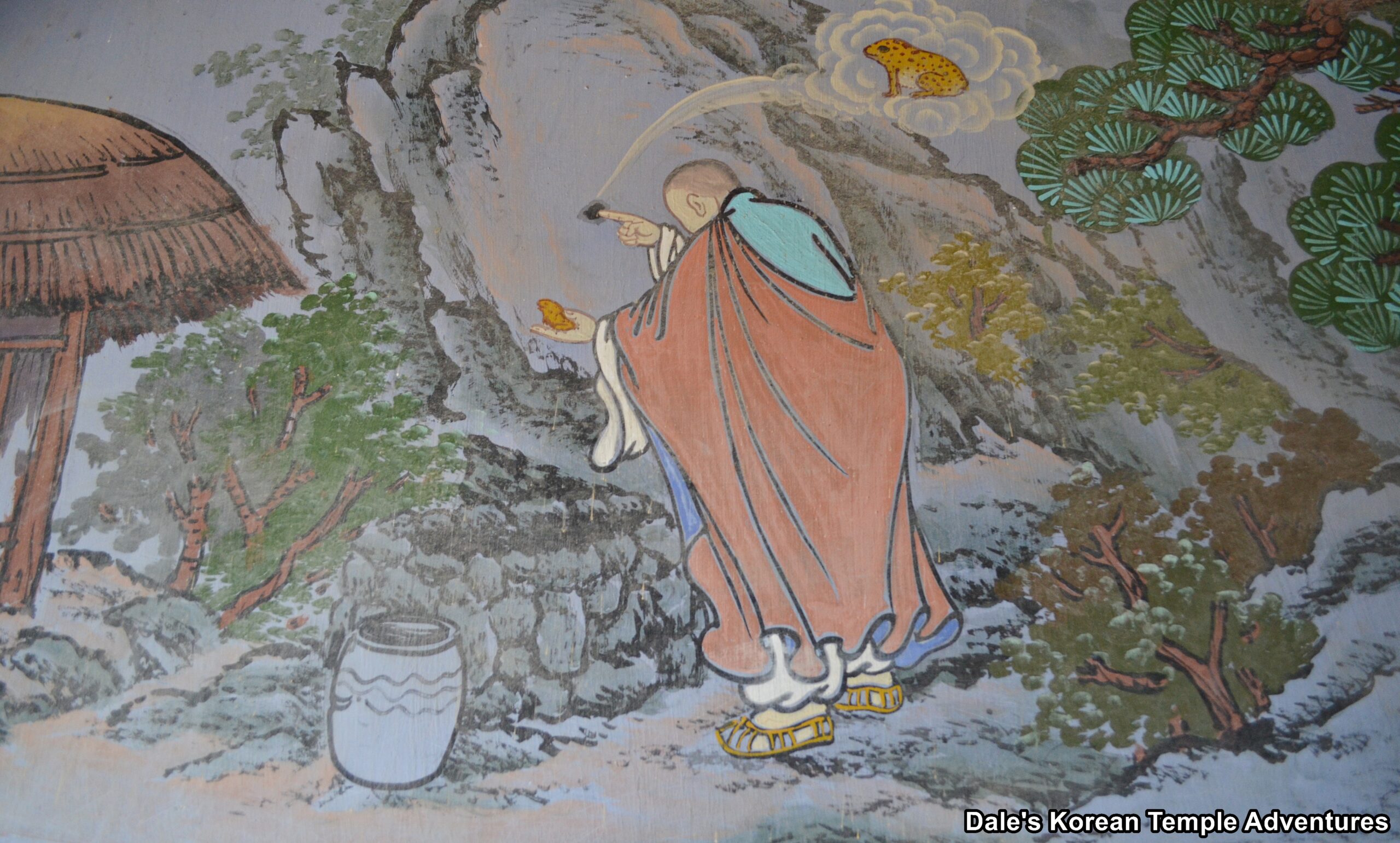
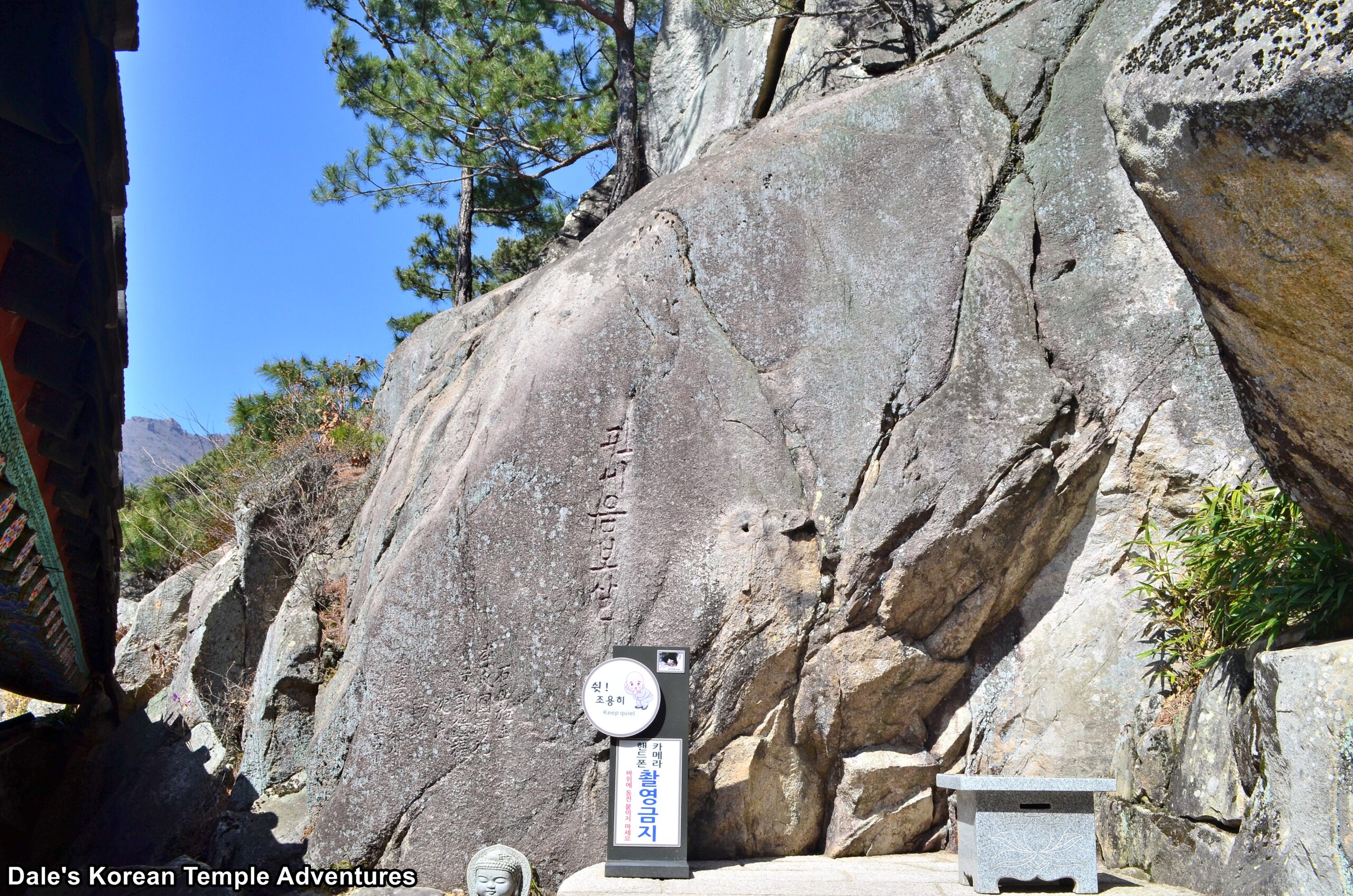
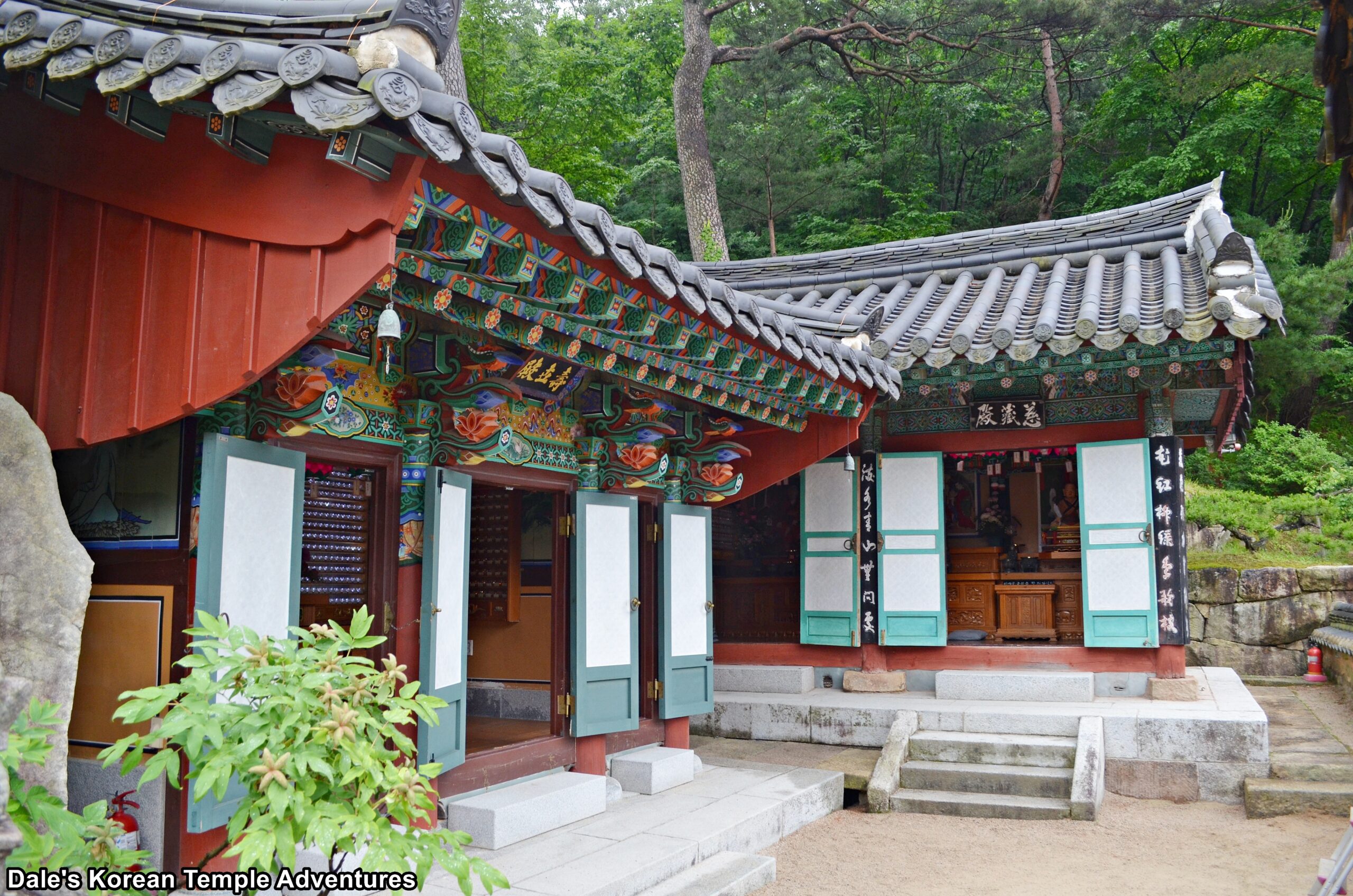
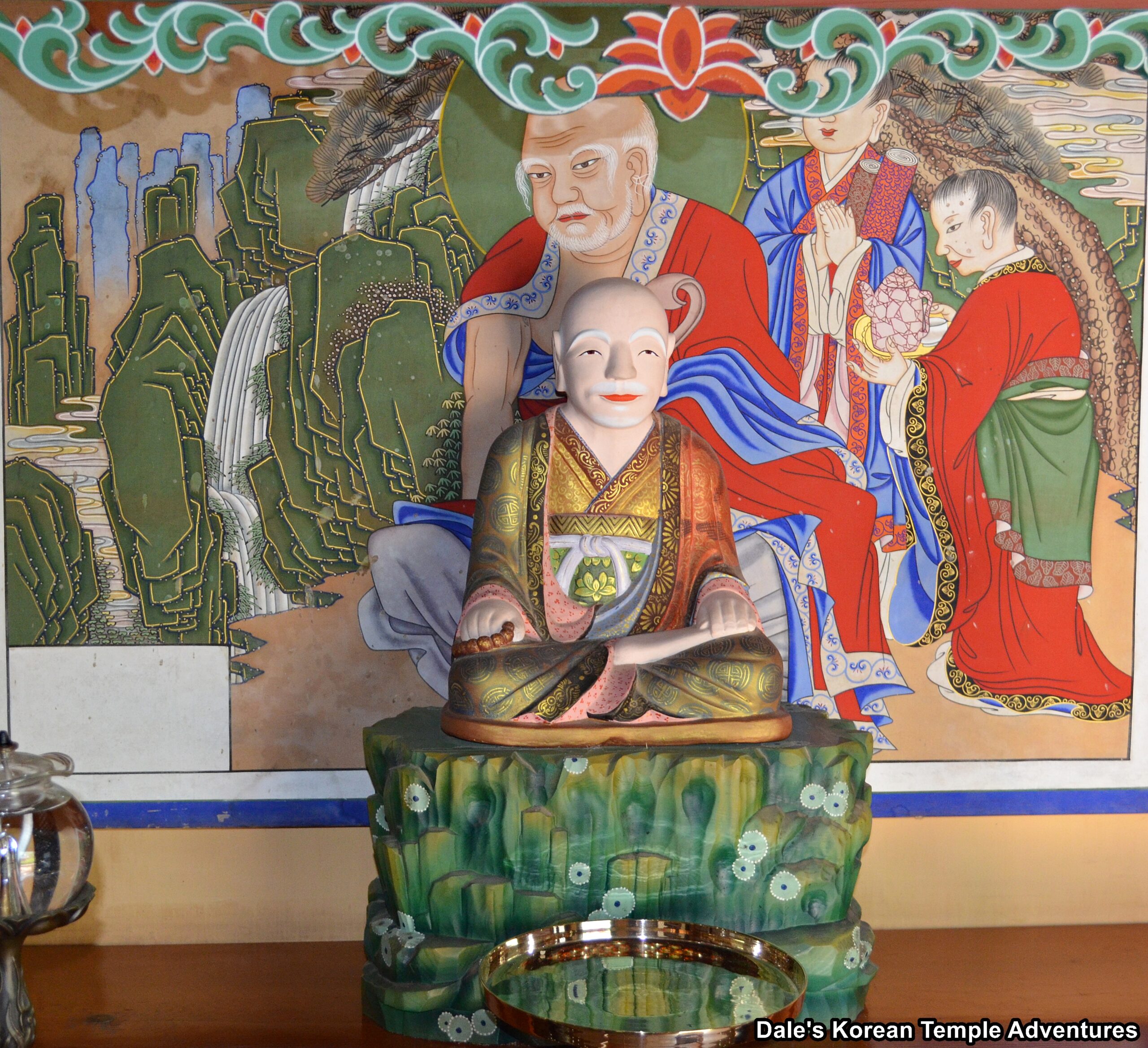
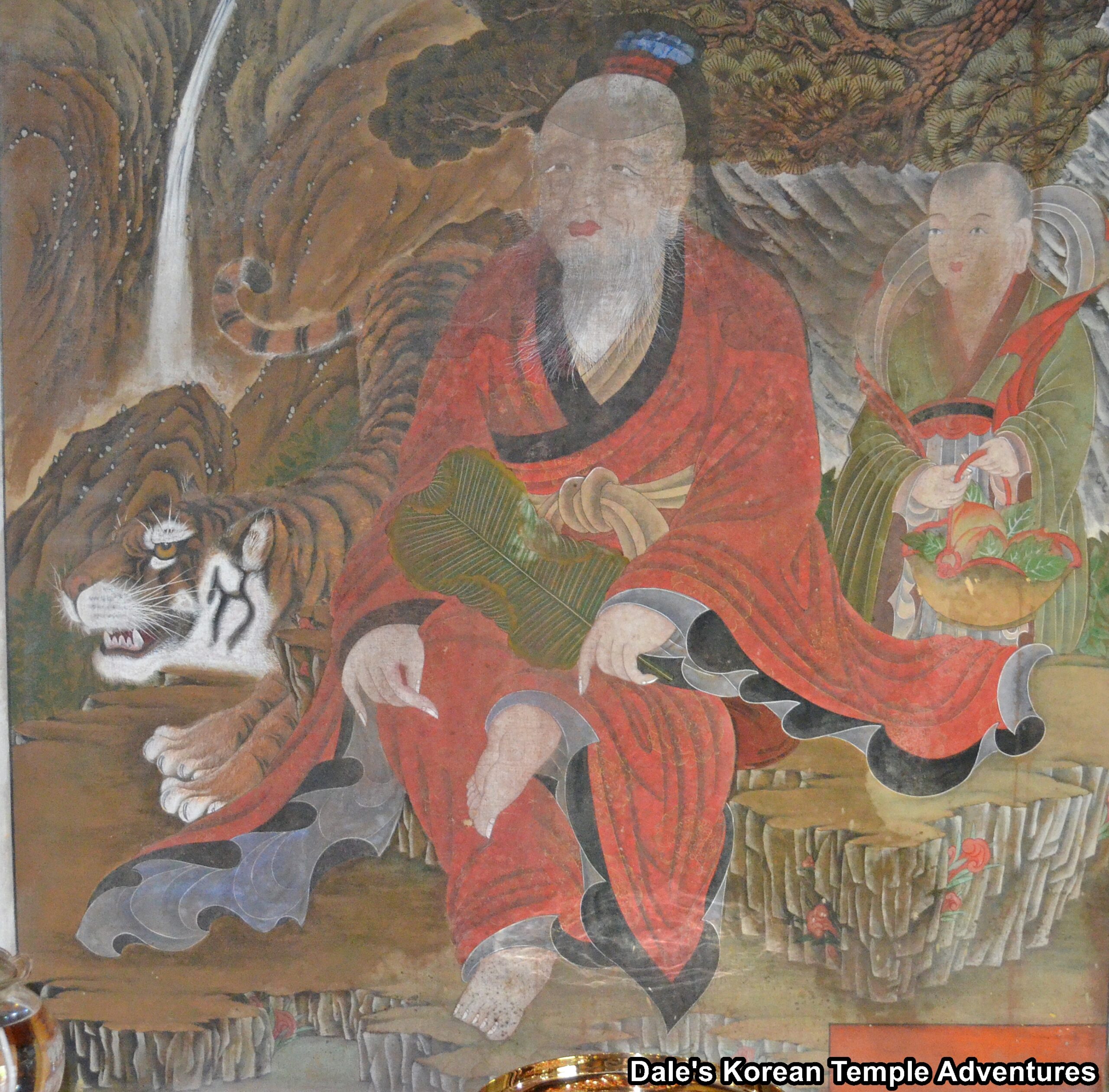
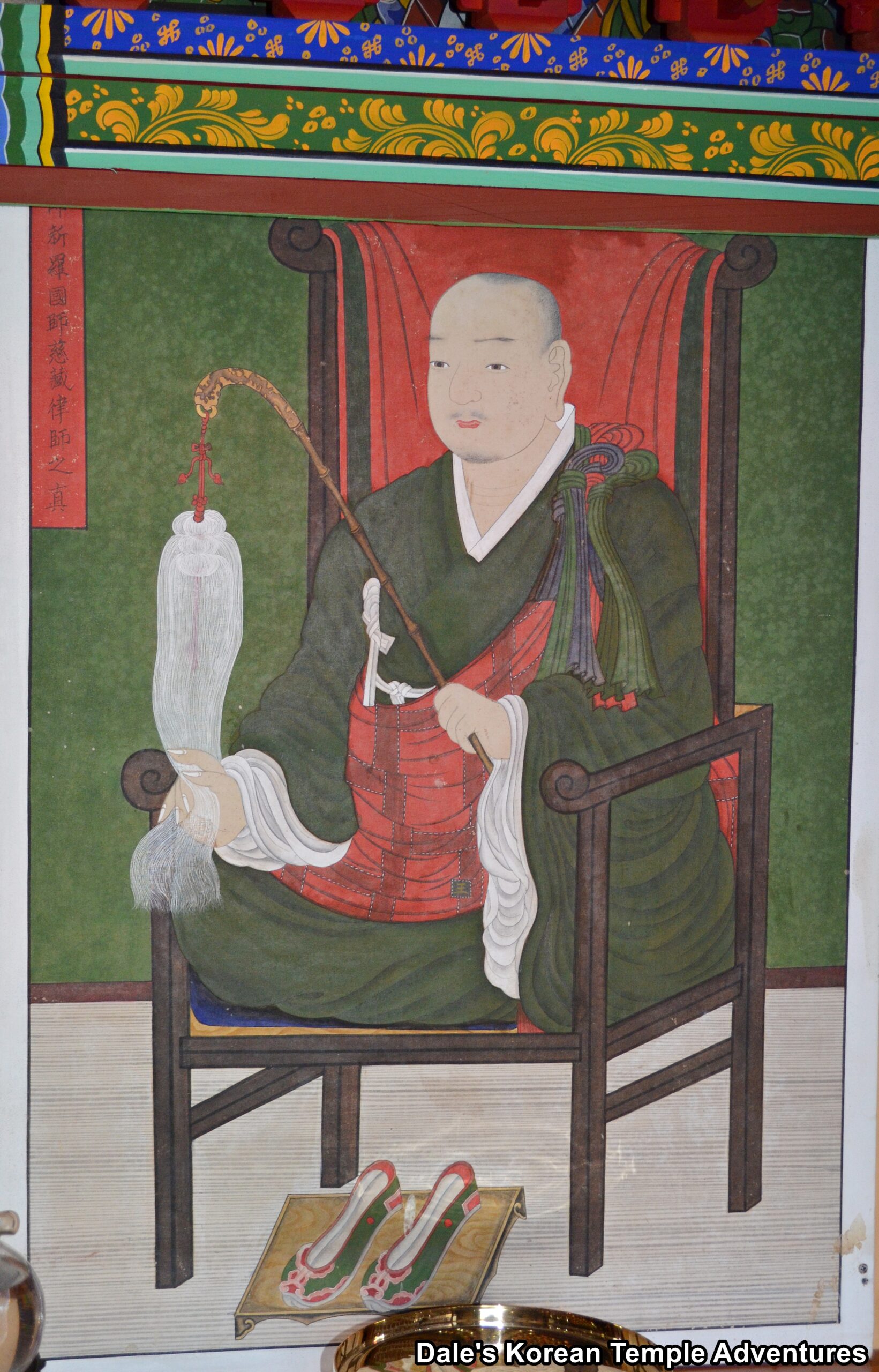


Recent comments